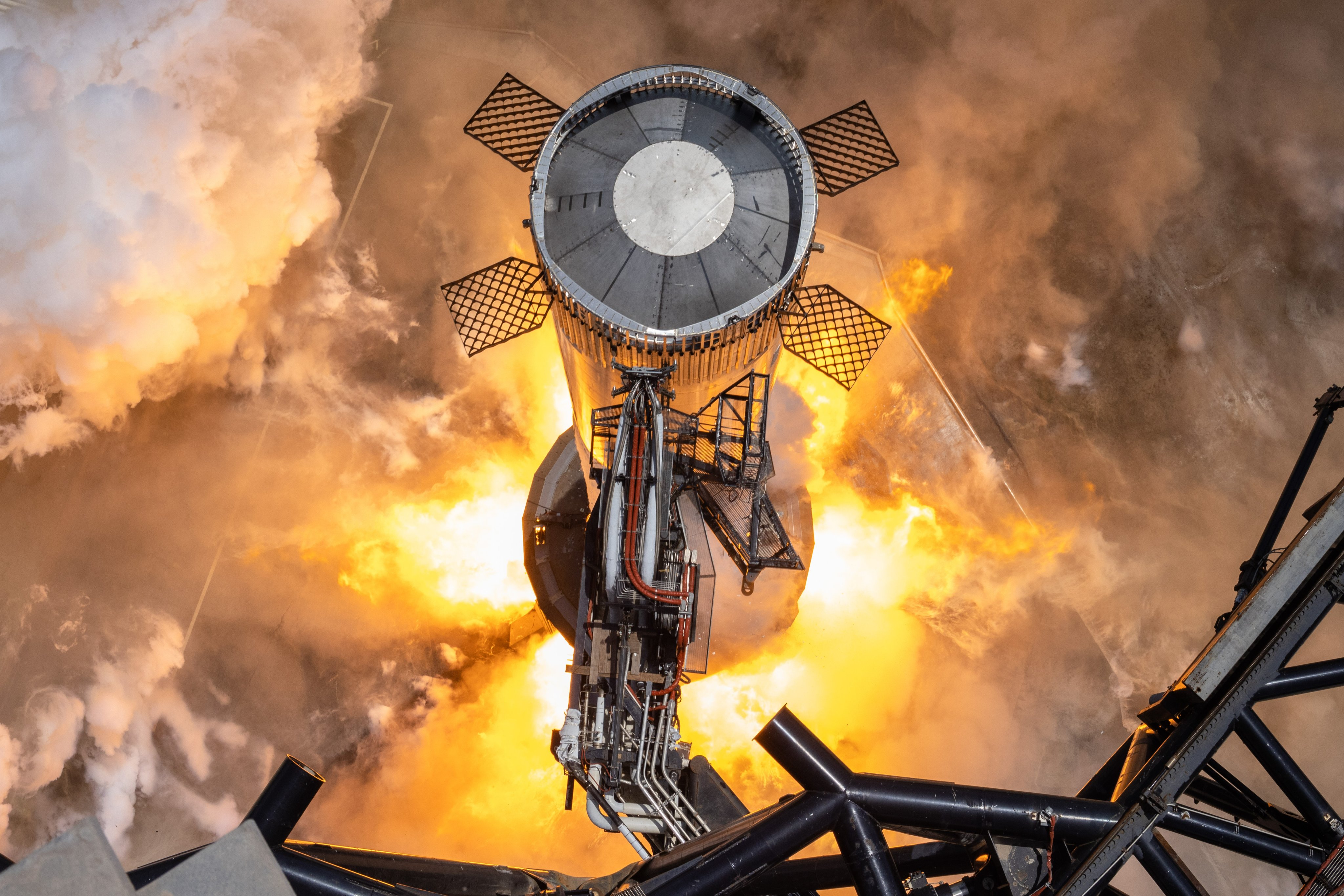What challenges does SpaceX face in testing the Starship's Super Heavy booster for thrust vector control at full power?

Overcoming Challenges: SpaceX's Quest for Thrust Vector Control in the Starship's Super Heavy Booster 🚀
Greetings, space explorers! 🌌 If you're keeping up with the latest developments in space travel, you’ve likely heard all the buzz surrounding SpaceX's Starship and its mighty Super Heavy booster. Designed to carry heavy payloads beyond Earth and facilitate interplanetary travel, Super Heavy is a masterpiece of engineering. However, one of the key challenges it faces during testing is achieving effective thrust vector control (TVC) at full power. Let's unpack this, shall we?
Thrust vector control is a game-changer in how rockets maintain stability and maneuverability during flight. For the Super Heavy booster, which is powered by an astonishing 33 Raptor engines, achieving precise TVC is critical. Each Raptor engine produces about 230 metric tons of thrust—when combined, this engine cluster generates more than 75 meganewtons of lift. That's enough power to send the entire rocket soaring into orbit! 💥 However, with such massive output comes significant challenges.
1. Complexity of Coordination: The tight coordination of all 33 engines is essential for maintaining stability. Even minute differences in thrust between the engines can cause the rocket to roll or yaw unexpectedly. To combat this, engineers employ complex algorithms and control systems to ensure all engines work in harmony. The penalty for a failure in this coordination is high, as a miscalculation could lead to a catastrophic launch failure. 🎯
2. High Structural Loads: During tests, the Super Heavy booster experiences extreme structural loads, especially when all engines are firing at full power. Engineers must ensure that both the booster and the Starship’s integration can handle these forces without deforming or compromising structural integrity. The current design can support up to 8 Gs of acceleration, but testing this maximum requires extensive data collection to ensure reliability before attempting actual launches. 📊
3. Testing Environment: Another challenge is the Texas launch site at Boca Chica, where weather conditions can be unpredictable. High winds, storms, or temperature fluctuations can complicate static fire tests or actual launches. SpaceX has to balance conducting tests with safety measures, which adds a layer of logistical complexity. 🌪️
4. Thermal Management: At full power, the combination of extreme combustion temperatures and the cooling systems needed to keep components safe could lead to thermal gradients. This could potentially damage engine components, making it essential for the engineers to continually refine their thermal protection systems. The goal is to keep temperatures in check, allowing for a fast turnaround between launches. 🌡️
5. Regulatory Challenges: Last but not least, SpaceX faces regulatory hurdles as they push the boundaries of rocket technology. Gaining the required permissions from agencies like the FAA isn't just a formality; it requires extensive documentation and demonstration of adherence to safety protocols. Each test must ensure that they minimize risks to public safety and the environment. 📝
In conclusion, while SpaceX’s Super Heavy booster is built for innovation and power, the road ahead in perfecting thrust vector control at full power is paved with unique challenges. Yet, the team's relentless pursuit of ingenuity and performance keeps pushing the envelope in rocket science. With each test, they gathered vital data that drives the future of space exploration further into the cosmic frontier. 🌠
Stay curious, and we’ll see you next time! #SpaceX #Starship #SuperHeavy #RocketScience #ThrustVectorControl
Image credit: SpaceX